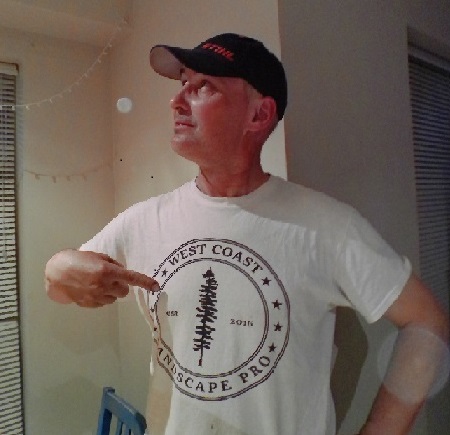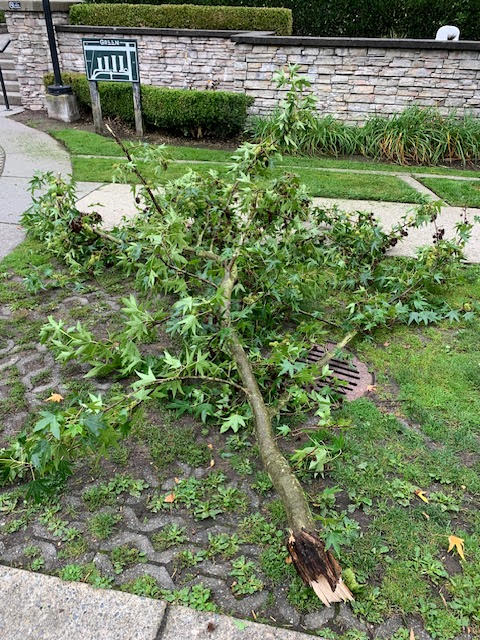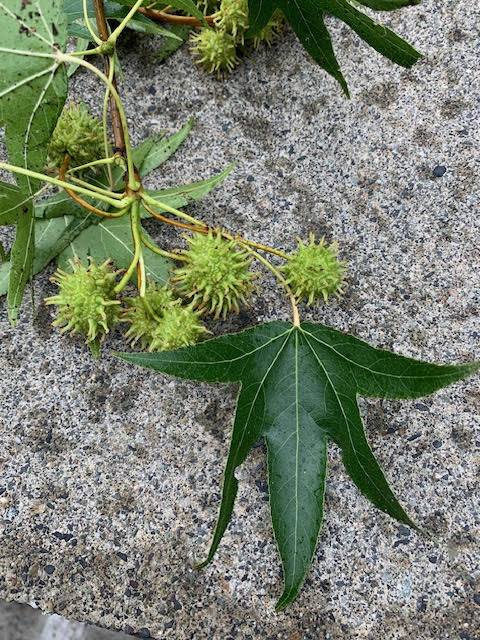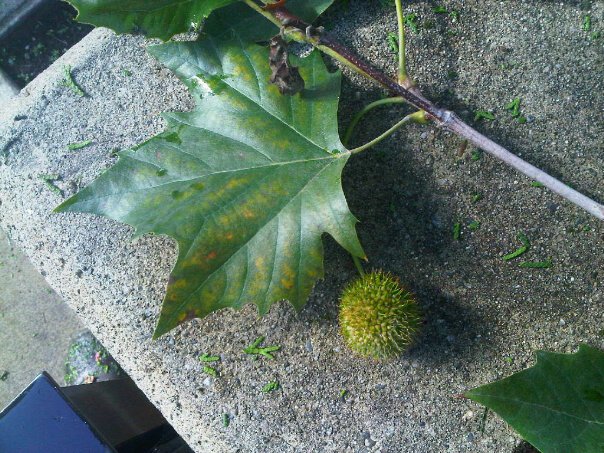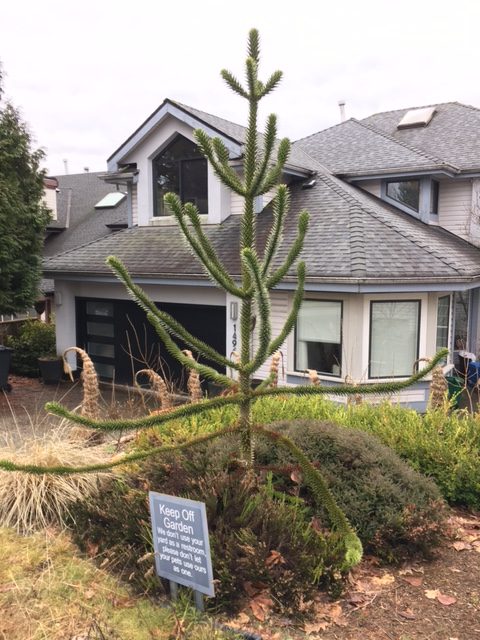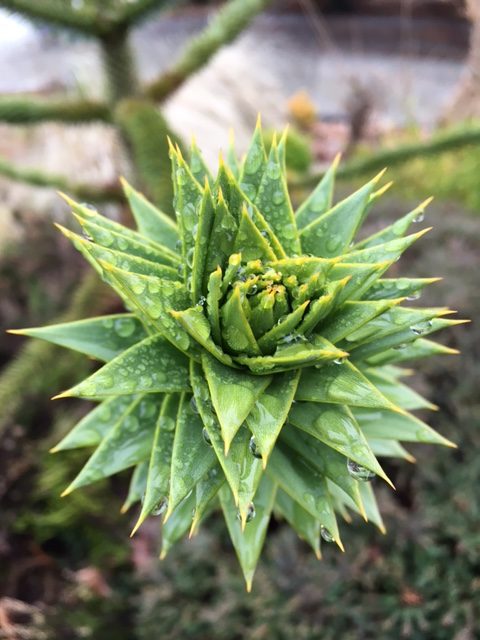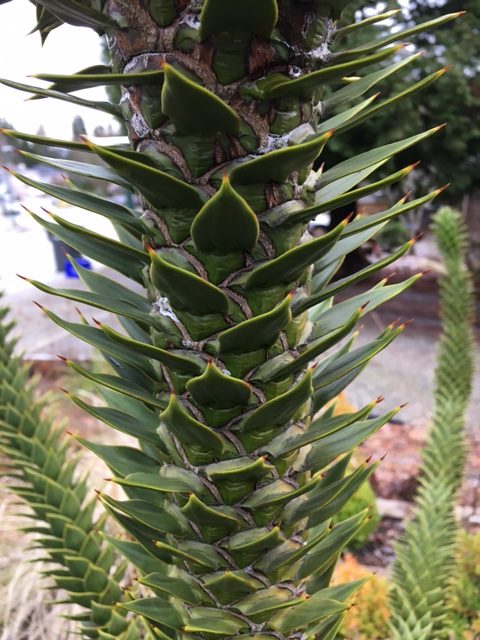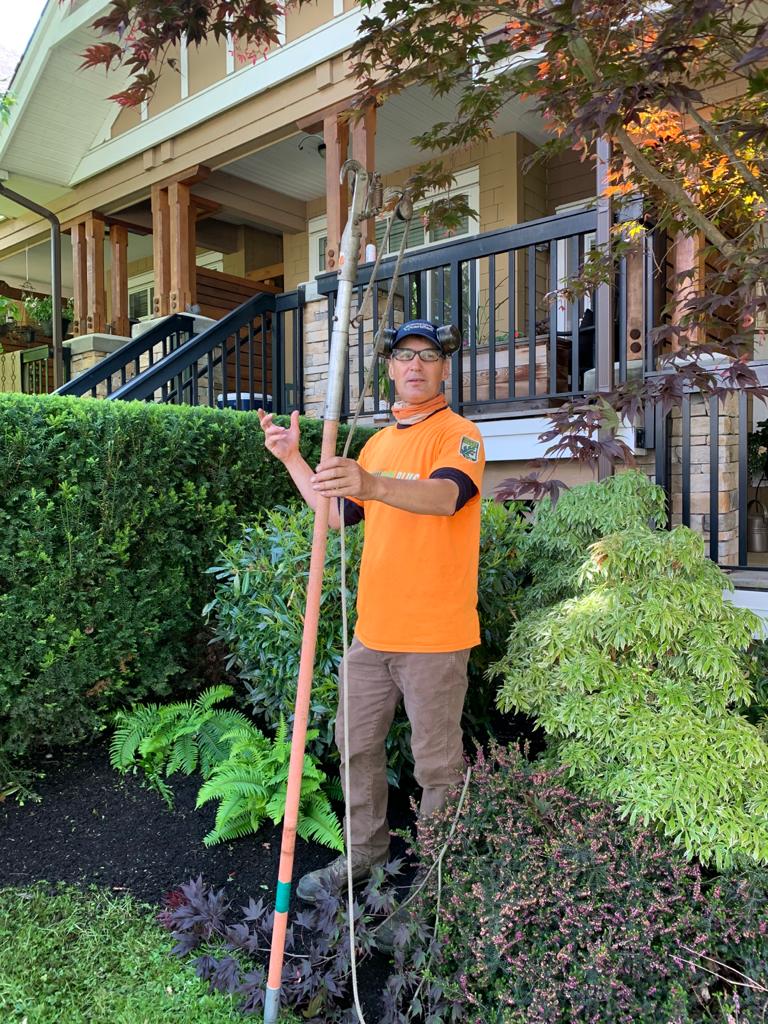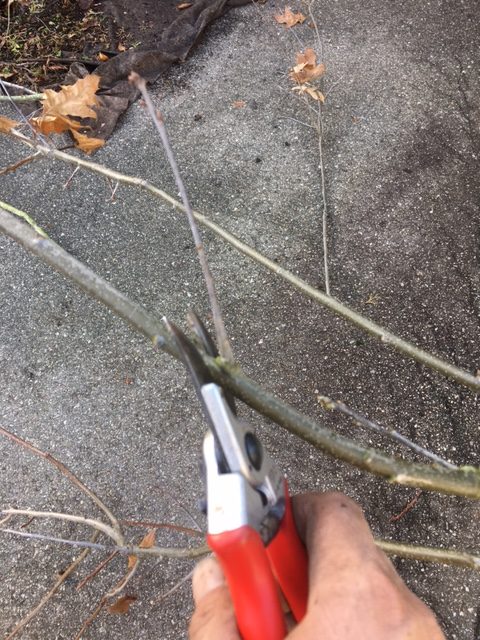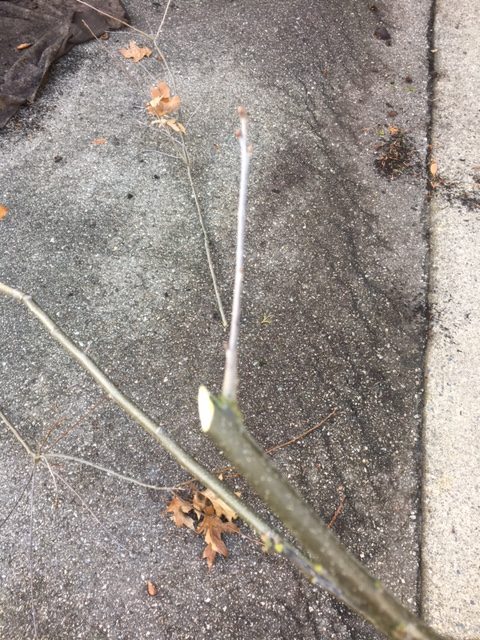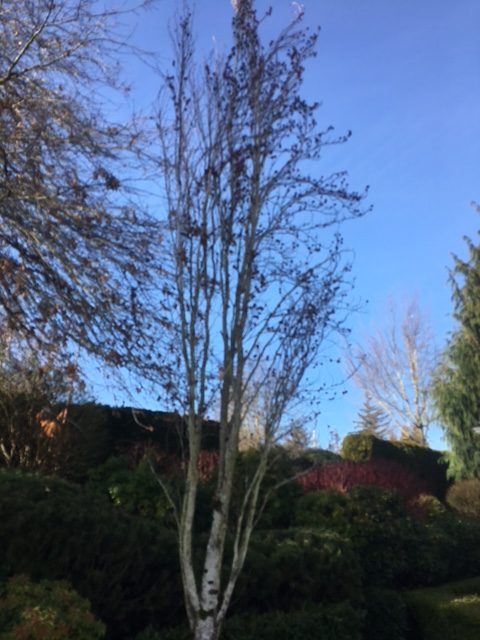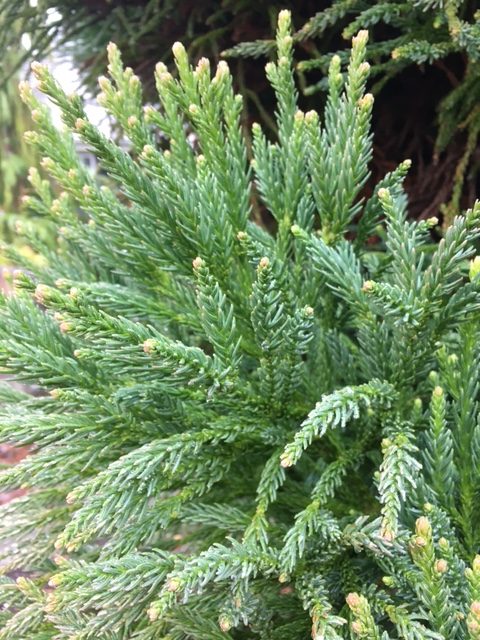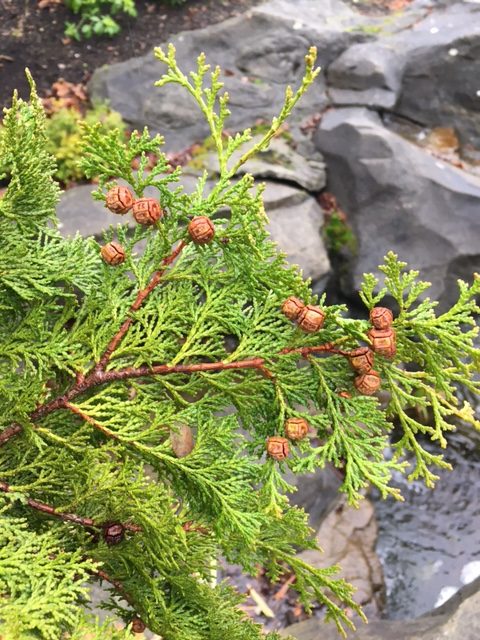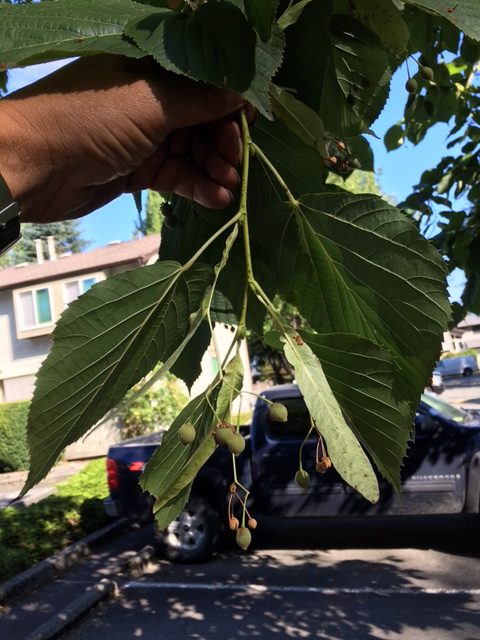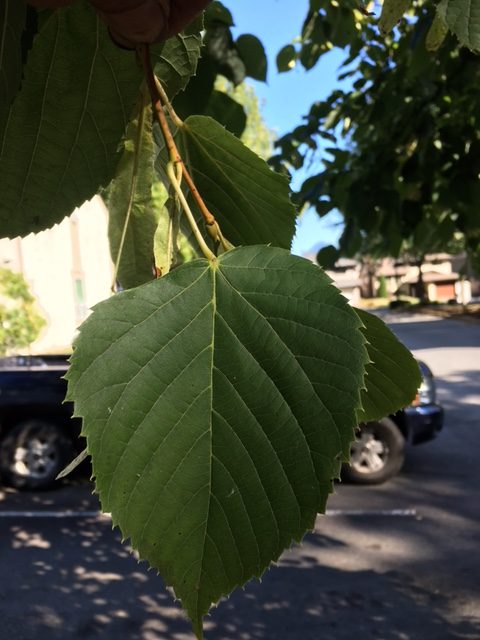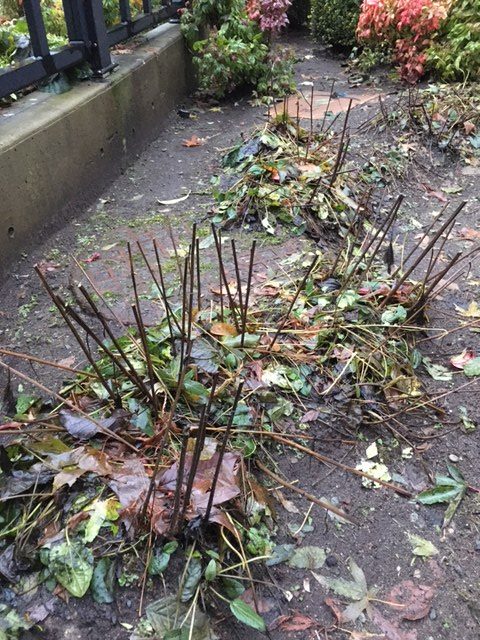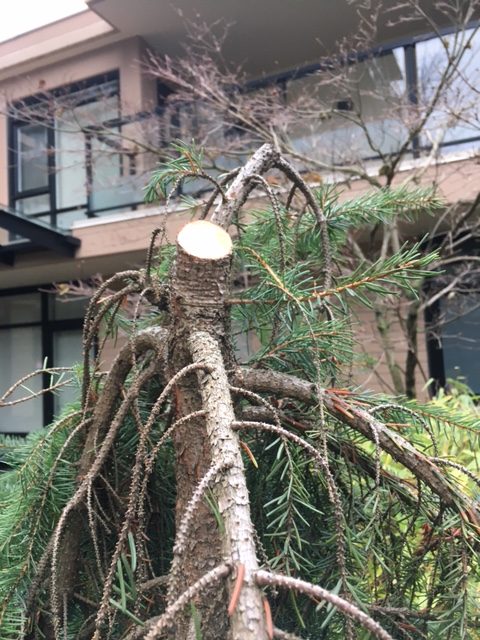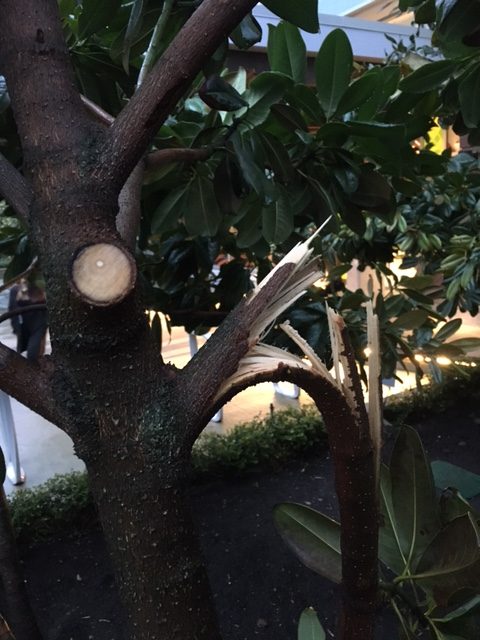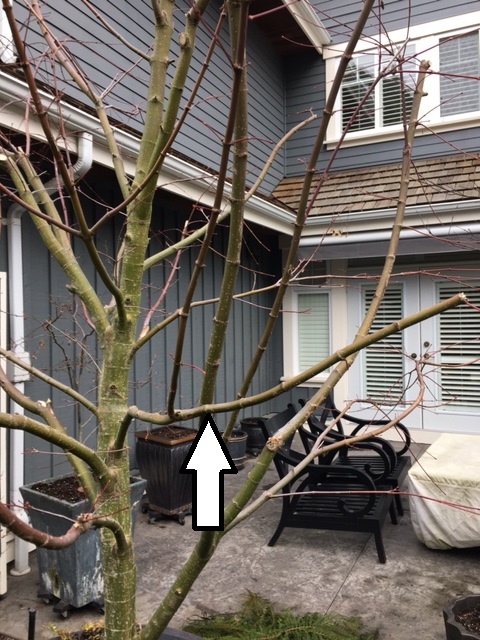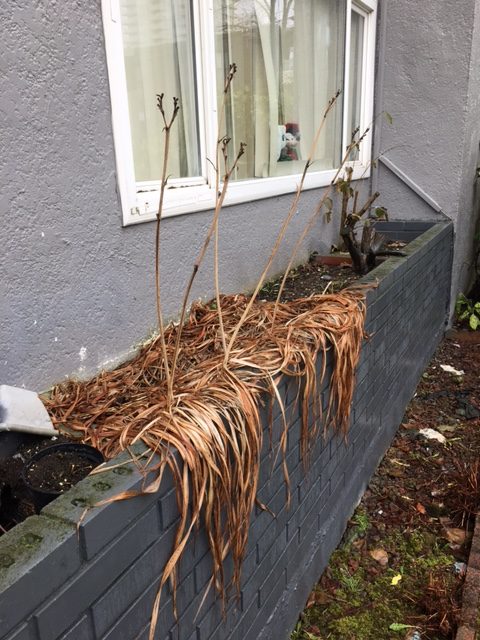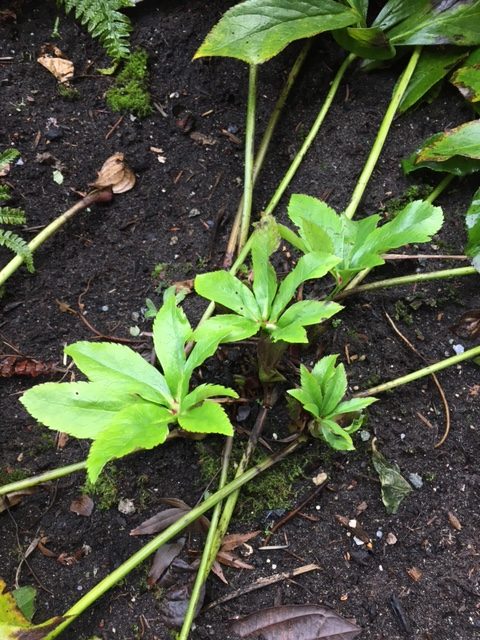Closest thing to viral
People love watching tree videos on YouTube! I found that out recently through my humble YouTube channel: West Coast Landscape Pro. Normally I post short videos of my work and things I see in the landscape; and I’m lucky to get one hundred views. So, imagine my surprise when one of my tree posts hit 4.6 thousand views and generated seven subscribers. That’s like Christmas for my channel.
Don’t leave stubs
The message is clear: don’t leave stubs on trees. Make nice cuts at the branch collar. In the video, the branch collar is a clearly visible raised section between the branch and trunk. Just beware that not every tree shows clear branch collars.
When you leave stubs the tree can’t cover up the wound. Eventually, the stub dies and it can act as a vector for disease to enter the tree. Once it’s inside, it’s hard to save the tree.
Also, always use a sharp saw to do your tree pruning work. In the video I’m using a brand new Silky Big Boy hand saw and it’s super sharp. It’s so sharp, it puts a smile on my face. Thank you Japan.
Impact
Not only did I get 4.6 thousand views, I also got comments. So I did what you are supposed to do: I replied to all of them. One especially was interesting, showing how even one short video can have slight impact on people.
After watching the video, one viewer promised to treat trees better when she goes camping and scours the area for firewood. She can now make decent cuts that the tree can over time cover up. I can only imagine what really goes on around camp sites.
Clear upsell
You can support my channel by viewing and subscribing; and by purchasing merchandise through my companion website: redsealvas.com. I appreciate your support. Also, remember to leave your comments so we can all learn something.
